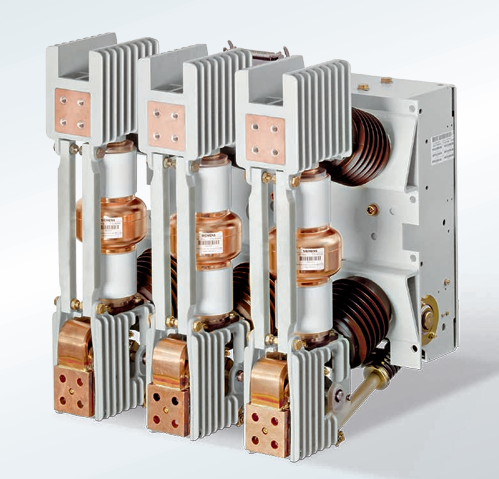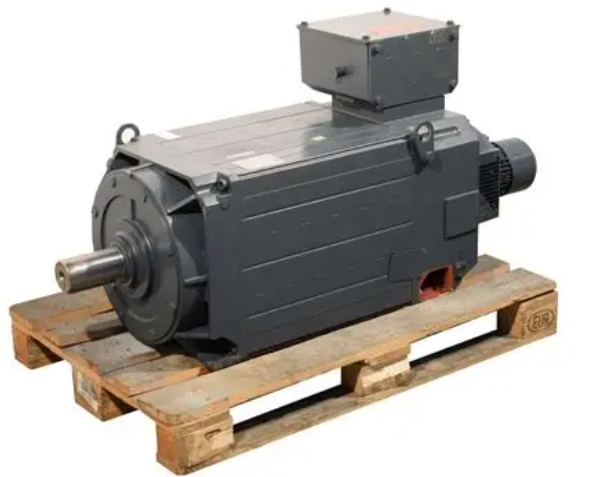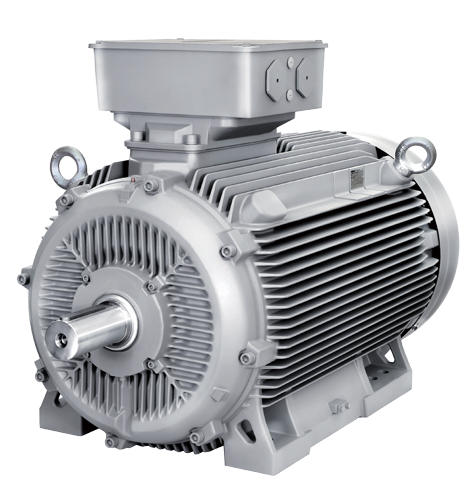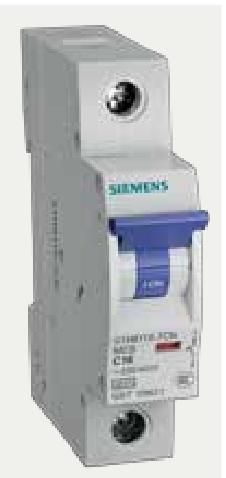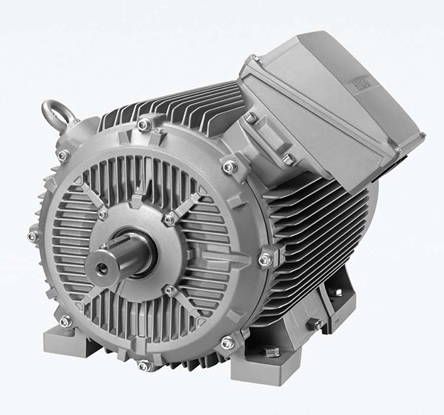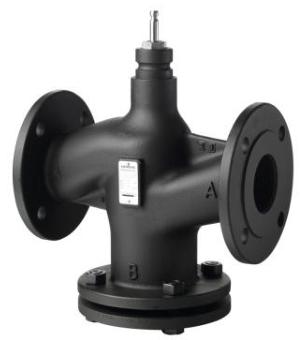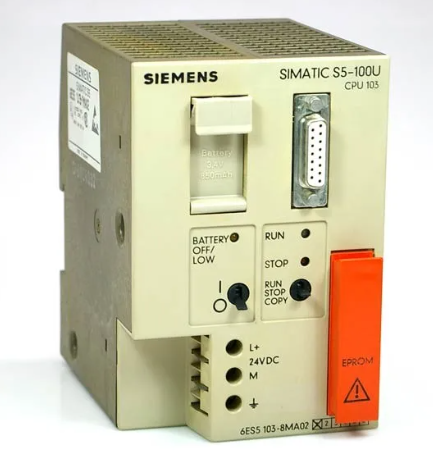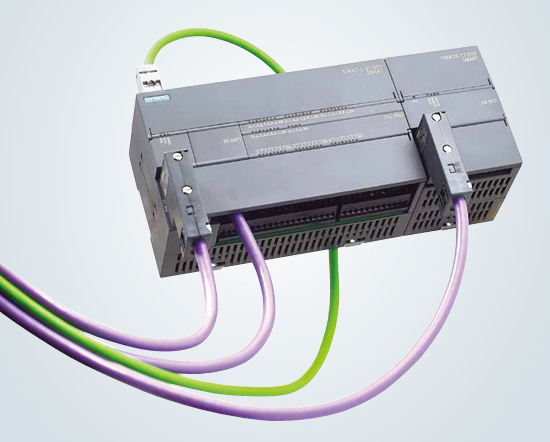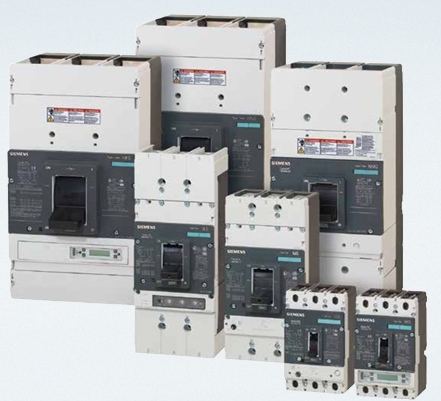The GE CK12BE300 contactor is an electrical control component launched by General Electric (GE) that combines reliability and adaptability. Its 24-28V AC/DC wide voltage coil design allows it to flexibly adapt to different power supply scenarios, and is widely used in industrial automation, electrical control systems, mechanical equipment, and other fields. It undertakes core tasks such as circuit on-off control and load switching, and is a key component to ensure the stable operation of electrical systems.
GE CK12BE300 24-28V AC/DC Contactor
Core Basic Information
-Product model: CK12BE300
-Brand affiliation: General Electric (GE)
-Product type: AC/DC universal coil contactor
-Core function: Realize fast on/off of the main circuit through electromagnetic attraction principle, and control the start, operation, and stop of high-power loads
-Applicable fields: industrial automation production lines, motor control circuits, HVAC systems, elevator electrical control, ship electrical equipment, power generation and distribution systems, etc
Key technical parameters
Coil voltage
24-28V AC/DC
Wide voltage design, compatible with AC and DC power supply, enhancing scene adaptability
Rated current of main contact
According to specific configuration (usually medium to high power level)
Can adapt to different power loads, selection needs to be based on actual working conditions
Number of main contact poles
Standard configuration (such as 3 poles, 4 poles, subject to official data)
Meet the control requirements of single or multiple circuits
Auxiliary contact configuration
Optional normally open/normally closed combination
Used for signal feedback or interlock protection in control circuits
Rated insulation voltage
Compliant with IEC/GB standards (such as 690V AC)
Ensure electrical safety and adapt to circuit environments with different voltage levels
Temperature resistance rating
Usually -25 ℃~+60 ℃ (working temperature)
Adapt to the complex temperature environment of industrial sites
mechanical life
≥ 1 million times
High mechanical strength, extending product lifespan
electrical life
≥ 100000 times (under rated load)
Optimize contact material and structure to enhance electrical contact reliability
Structure and Performance Characteristics
1. Core structure design
The contactor adopts a modular structure, mainly composed of four parts: electromagnetic system, contact system, arc extinguishing device, and housing:
-Electromagnetic system: including coil, iron core, and armature. When the coil is supplied with a voltage of 24-28V AC/DC, it generates electromagnetic attraction, which drives the armature to move and achieve the closure and disconnection of contacts; The iron core adopts low loss silicon steel sheets, effectively reducing energy consumption and temperature rise.
-Contact system: The main contact is made of silver alloy material, which has excellent conductivity and wear resistance, and can effectively cope with arc erosion; The auxiliary contacts are made of silver nickel alloy to ensure the stability of signal transmission.
-Arc extinguishing device: equipped with an efficient arc extinguishing chamber (such as grid arc extinguishing), which can quickly extinguish the arc generated when the contact is disconnected, avoid arc erosion of the contact, and reduce interference with surrounding components.
-Shell: Made of flame-retardant engineering plastic, compliant with UL94 V0 flame retardant standards, with good insulation performance and mechanical protection capabilities. The protection level can usually reach IP20 or above, suitable for dust and slight impact environments in industrial sites.
2. Core performance advantages
-Wide voltage compatibility: 24-28V AC/DC coil design, eliminating the need to distinguish between AC and DC power supply scenarios, reducing inventory models, and lowering selection difficulty, especially suitable for industrial sites with unstable power supply or multiple power supply types.
-High reliability: Optimized electromagnetic system design ensures stable coil engagement over a wide voltage range, avoiding poor engagement caused by voltage fluctuations; The contacts are made of special alloy material to enhance arc resistance and wear resistance, reducing the occurrence of faults.
-Comprehensive safety protection: The combination of flame-retardant shell, high insulation strength, and efficient arc extinguishing device effectively ensures the safety of operators and equipment, and meets the relevant requirements of the International Electrotechnical Commission (IEC) and Chinese National Standards (GB).
-Easy installation and maintenance: using standard guide rail installation method, high installation efficiency; Visual design of contact status, convenient for daily inspection and troubleshooting; The modular structure makes maintenance and replacement easier.
Selection and usage precautions
1. Key elements of selection
-Load type: Clearly determine whether the controlled load is an inductive load (such as a motor), a resistive load (such as a heating tube), or a capacitive load. Different load types have a significant impact on the electrical life of the contactor and require targeted selection.
-Load power and current: Based on the rated power and rated voltage of the load, calculate the actual working current to ensure that the rated current of the main contact of the contactor is greater than or equal to the load working current. For inductive loads such as motors, consider the starting current (usually 5-7 times the rated current), and if necessary, choose to reduce the capacity or equip a dedicated contactor.
-Power supply parameters: Confirm whether the power supply voltage of the control circuit is within the range of 24-28V AC/DC, to avoid burning the coil due to high voltage or causing the contactor to fail to close due to low voltage.
-Auxiliary contact requirements: Based on the design of the control circuit, determine the required number of auxiliary normally open/normally closed contacts to ensure compliance with interlocking control, signal feedback, and other requirements.
-Working environment conditions: Considering environmental factors such as temperature, humidity, dust concentration, and corrosive gases on site, if the environment is harsh, products with corresponding protection levels or special treatments should be selected.
2. Key points for use and maintenance
-Installation specifications: Strictly follow the product manual for installation, ensure firm installation, and avoid poor contact of contacts caused by vibration; Maintain sufficient heat dissipation distance between the contactor and surrounding components to prevent excessive temperature rise from affecting performance.
-Wiring requirements: The wiring between the main circuit and the control circuit should be firm and reliable, avoiding looseness and excessive contact resistance that may cause the wiring terminals to burn out; The wiring specifications should match the actual working current to prevent overheating of the wires.
-Pre power on inspection: Before powering on, it is necessary to check whether the coil voltage matches the power supply, whether the contacts are clean and free of foreign objects, and whether the armature movement is flexible and unobstructed.
-Daily inspection: Regularly check the working status of the contactor, including whether there are burn or wear marks on the contacts, whether the coil is overheated and discolored, whether the auxiliary contact action is reliable, and whether the arc extinguishing chamber is intact.
-Maintenance: Regularly remove dust and debris from the surface of the contactor; For contactors that have been in use for a long time, it is necessary to check the wear of the contacts. If the wear of the contacts exceeds the specified value, the contacts or the entire contactor should be replaced in a timely manner; Keep the contact surface between the armature and the iron core clean, and apply special lubricating grease if necessary.
-Fault handling: If the contactor cannot be closed, check the coil power supply voltage, whether the coil is burned out, and whether the armature is stuck; If there are problems such as contact erosion or adhesion, it is necessary to replace the contact or contactor in a timely manner and investigate the cause of the load fault to avoid further damage.
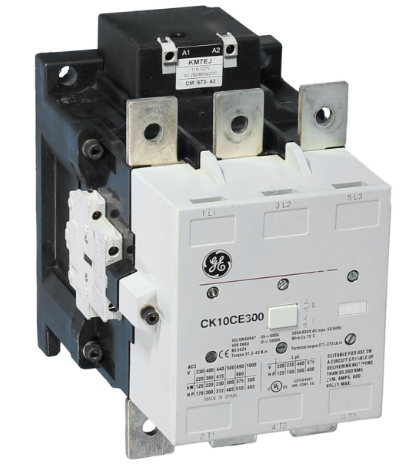
- User name Member Level Quantity Specification Purchase Date
- Satisfaction :
-









Email:wang@kongjiangauto.com

